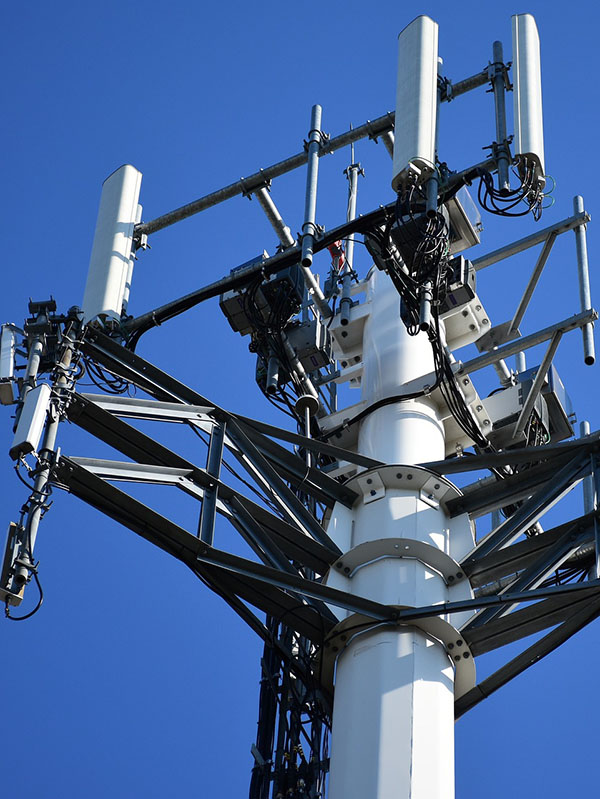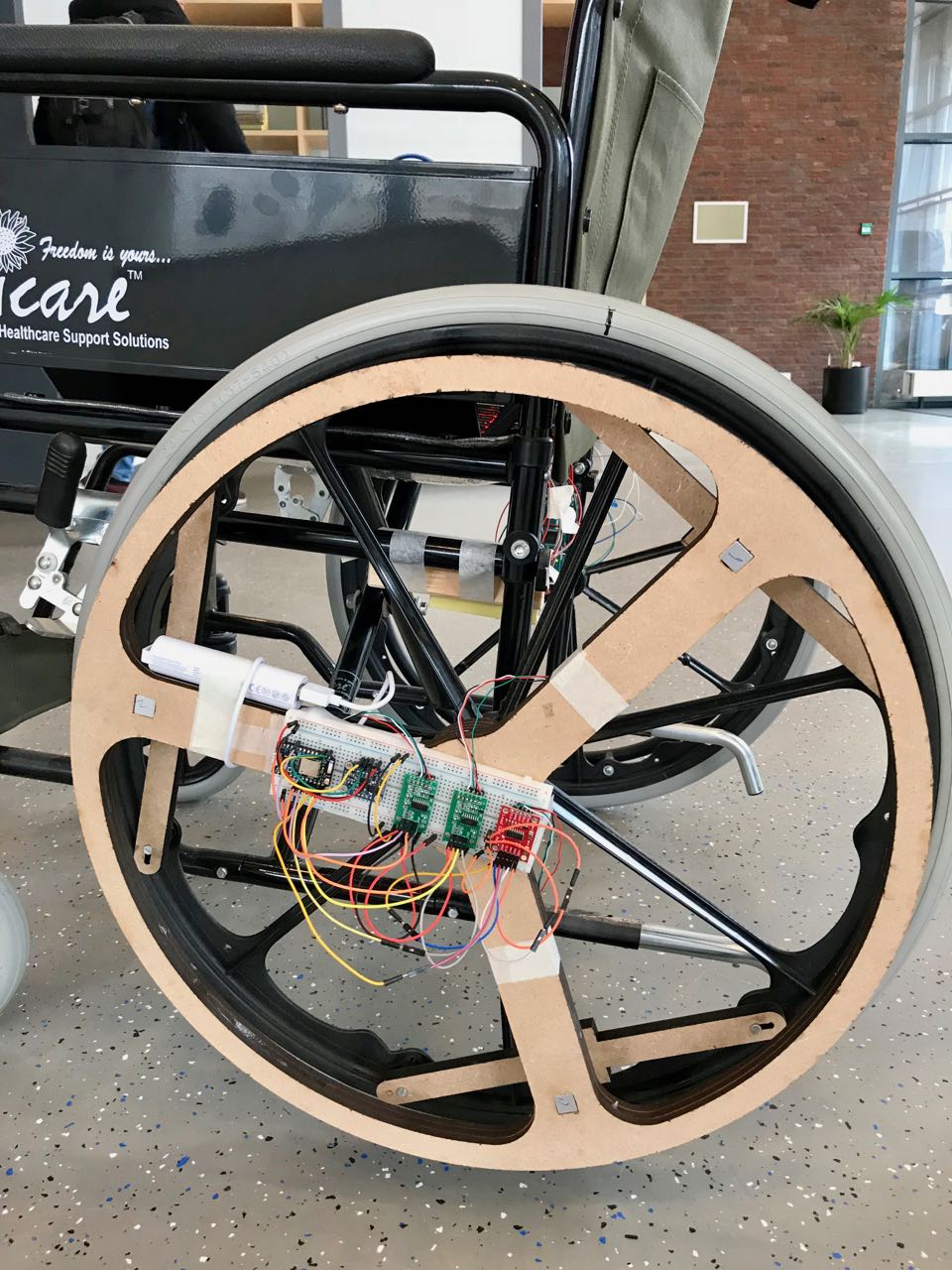Focus areas

Connect IoT
With predictions consistently in the tens of billions IoT devices, a noisy environment full of interference will be a fact. Our work is directed to advancing 5G (and beyond) type of communications -- where high bandwidth, low latency, and high reliability are key -- and towards fine-grained performance analysis and planning tools for several IoT radio technologies, like LoRa (long-range communication), Visual Light Communications, and satellite communication. Our aim is to make massive IoT more efficient and robust and to be able to provide performance guarantees even under challenging conditions.

Design IoT
The Internet of Things has become a key enabling technology for novel products and services in domains such as health, wellbeing, energy, transport and sports. At the same time, Internet of Things technologies and sensor data are emerging as critical design material for design processes that creatively combine quantitative measurements and qualitative data in product conception, development and improvement. Our research aims to develop know-how and tools to accelerate the realisation of IoT products and services, with a particular focus on trust, accountability and fairness. In addition, we explore novel product experiences for intimate technologies and sensory augmentation.

Energize IoT
IoT devices like sensors typically use low energy. But even a small energy usage per IoT device, once multiplied a billion times, is formidable. Our aim is to develop battery-less energy-harvesting IoT devices to go from low energy to zero energy. We are enabling devices to harvest energy from different sources, e.g., light, vibrations, thermal gradient, and radio transmitters. Since energy harvesting is minuscule and intermittent, energy supply to the IoT device is not always stable. We are therefore also developing the control software needed to robustly deploy battery-less energy-harvesting IoT devices.

Secure IoT
Unfortunately, at present, IoT devices are easily exploited by attackers, because many of these devices are shipped with insecure defaults or insecure, remotely exploitable code. The many IoT-based attacks that have already surfaced are cause for grave concern and do not only put the IoT devices themselves at risk, but our entire communications network and the critical infrastructures depending on it (as became clear through the Mirai attack that hacked IoT devices to execute a DDoS attack). Together with TU Delft’s Cyber Security community, we are on a quest to make IoT secure.

Program IoT
IoT is dynamic by nature and calls for IoT systems that can “automagically” adapt and scale in/out. Moreover, many of the existing IoT systems are not able to inter-operate. The concept of software-defined networking (SDN) has provided a paradigm shift in core networks and data centers, by making their networking infrastructure programmable. Our work is directed to bringing the power of SDN, together with edge computing, to IoT.
